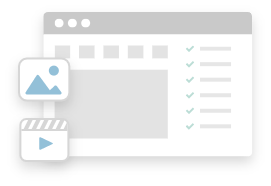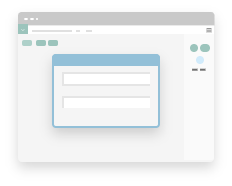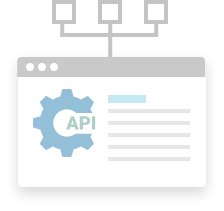English
Why VKS
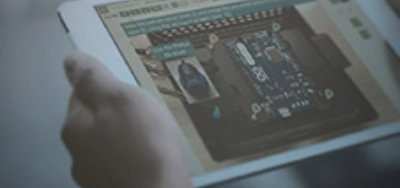
VKS makes it easy for companies to throw out paper work instructions & transform into a digital factory.
Explore And LearnMES Solution
Quality Management
Maintenance Procedures
Workforce Training
EHS Auditing
Aerospace
Automotive
Consumer Goods
Electronics
Food & Beverage
Medical
Rail
Robotics
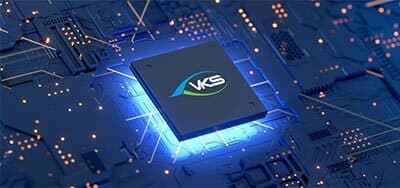
Integrate VKS with other systems and tools to expand the capabilities of your operation.
Unify Your BusinessProducts

Go digital with our work instruction software. Add pictures, collect data, connect to tools and more!
See All Products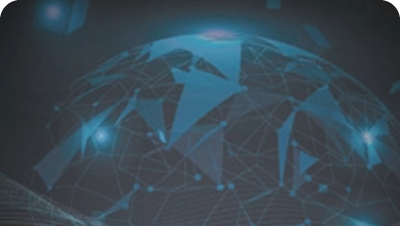
Insights
Company

As Industry leaders, we help maximize efficiency, improve quality, and standardize on best practices!
Let’s Join Forces